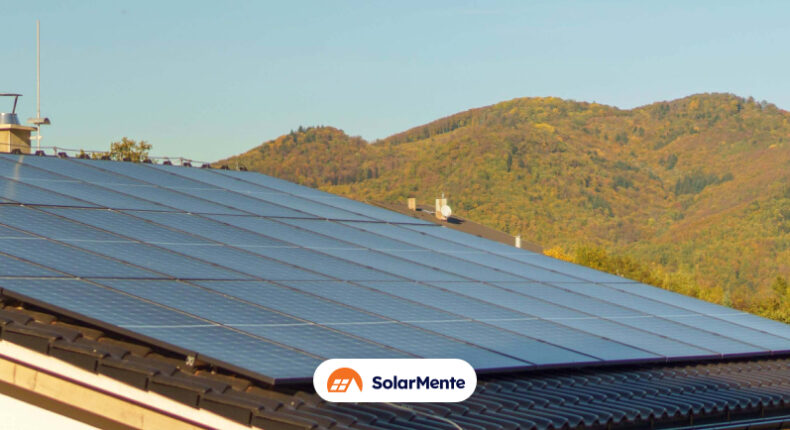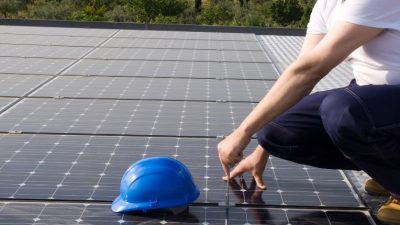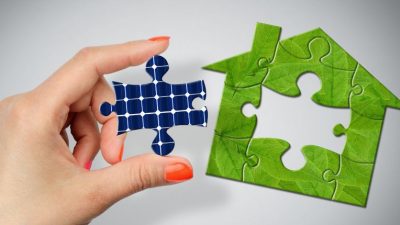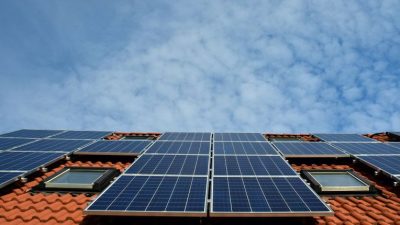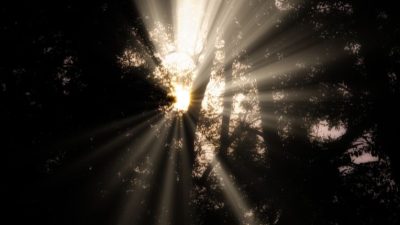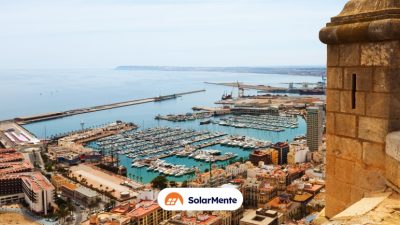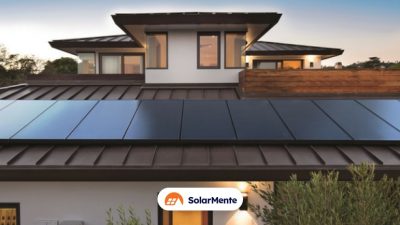Are solar panels profitable for a house?
Is it profitable to install solar panels on a house?
How long will it take to amortise the system?
Enjoying solar energy today has nothing to do with a decade ago. The cost of silicon, the main component of a panel, has fallen by 96% in the last two decades.
But we are not only talking about a reduction in cost, incentives have been proposed to recoup the investment as quickly as possible.
However, the profitability of an installation is not the same in all cases.
Each project is different and needs change.
In this post we have listed the main factors that affect the profitability of solar panels and how it is calculated.
But be careful, we will not stop there.
We are also going to explain it with examples and shed light on those little doubts.
What are the main factors that determine the profitability of solar panels?
Before going into detail, it is important to clarify an important point.
Determining the profitability of a photovoltaic system is not easy.
Although you will see a simple formula in later sections, the reality is different.
There are several interfering factors involved in these concepts that need to be taken into account.
These are
-
Price of the system
-
Quality of the materials
-
The size of the installation
-
The annual energy consumption of the house
-
The price of electricity and inflation
We explain them separately.
Price of the system
The cost of the installation mainly depends on three factors:
-
The size
-
Manufacturing technology
-
The quality of the materials
The larger the size, the better the quality and the technology used, the higher the price will be.
What does this mean?
Well, it will take longer to recoup the money invested.
But be aware that the lifetime of the system will be longer and you will appreciate the benefits in the short term thanks to the use of quality and durable materials. In fact, its life could be extended up to 30 years.
These are the main ones.
Now then.
Imagine you want to save more on your electricity bill.
And by saving more we mean up to 80% or 90% on electricity.
In that case, you will need to buy solar batteries for your installation.
Therefore, the cost increases.
In the end the investment in the system is one of the most important aspects to know the profitability.
However, you can read more about the factors that affect the price of solar panels in this article.
The quality of the materials matters
In 90% of the cases, seeing cheap prices is an eye-opener.
But is it the best option?
Have you ever, in an attempt to save every penny, bought a product that has lasted less than expected?
We have experienced it.
But of course, focusing all your attention on price can make you neglect other factors such as quality.
The bottom line:
Lower quality = less energy production
More losses and reduced lifetime.
The size of the installation and the amount of energy it is capable of producing
Sizing the system properly is essential. Adjust the size to the energy needs of the house. No more and no less.
That is why it is important to choose the right solar panel installer.
Equally, the size of the installation is linked to the amount of energy it can produce.
Think about it.
The production capacity is determined by:
-
The tilt and orientation of the solar panels
-
The amount of sunshine received
-
The losses of the system
In short, knowing the solar energy produced by the system will determine the annual savings.
How much energy do you consume each year?
When sizing a self-consumption installation, it is essential to know the previous energy consumption of the household.
If you do not build the right system, i.e. if you install more or less than you need, your profitability will be affected.
That is why the first thing to do is to carry out a study of the installation and the consumption habits of the household in order to maximise the system and increase profitability.
The price of electricity and inflation
Every time the electricity bill arrives, you feel a cold sweat break out on your back.
Let’s see.
It’s normal.
Volatility creates insecurity and is a factor that we cannot control. And this affects our potential savings.
Prices are constantly changing and the new time zone discrimination has also affected us.
But what happens if we opt for a solar panel installation?
Dependence on the electricity grid is reduced and savings increase by at least 50%.
Your electricity bill is stabilised and you avoid any unpleasant surprises.
It is also important to take inflation into account. Just as it affects food, it does the same for solar panels and any other product.
And, consequently, it also affects the payback time of the investment.
Other factors to take into account in the profitability of a photovoltaic system
We have mentioned the main aspects, but we should also mention the following points that will tell us whether solar panels are profitable.
Let’s get down to it.
Subsidies and grants
These resources reduce the return on investment and give us greater profitability.
The main subsidies for solar panels in Spain are the following:
-
IBI subsidies
-
ICIO subsidies
-
Next Generation Funds
In any case, some autonomous communities offer one-off subsidies that increase the profitability of the system.
Another aid that you can opt for is the IRPF deduction in your income tax return. The amounts vary depending on the requirements fulfilled and also depending on the autonomous community.
You can find all the information in the link above.
Compensation of surpluses
It is practically impossible to consume all your own energy every day.
So what do I do with the surplus energy?
Does it just go to waste?
Of course not.
Unconsumed energy can be fed back into the electricity grid. In return, you will receive surplus compensation.
Don’t expect to make a fortune out of it. Because you won’t.
What it can do is help you save a little more.
In that case, the price per kWh is around 0.06€. If you take a look at your electricity tariff you will see that the price is quite low compared to what you pay. In any case, check with your electricity distributor to find out the amount.
Our advice is not to over-dimension in order to get a financial compensation, you will not make a business out of it and, moreover, it will only be compensated until the variable part of the bill reaches the amount 0.
What about the rest?
Unfortunately, we give it away to the network.
Technical aspects of the roof (location is important)
Are all roofs the same?
No.
The characteristics of the house will tell us if we can take advantage of the sunshine hours to produce our energy.
For this, the orientation and inclination are two essential variables.
The ideal is an inclination of 20-30º with south orientation.
In any case, don’t worry if you have an east or west orientation, you will have to assess it and adapt your consumption habits.
How to calculate the profitability of solar panels?
To know if it is profitable to install solar panels, we must mention two concepts:
-
The payback period of the investment
-
And the annual profitability
The first term refers to the payback period. The years oscillate between 6 and 7 years, but several factors come into play that can increase or reduce this number.
In summary, we have to run the following formulas:
Amortisation = Installation price / Annual savings
annual profitability = (Annual saving / System price)*100
Savings = (annual electricity payment prior to self-consumption – annual electricity payment from the grid with self-consumption) + compensation of surpluses.
The price and annual savings depend on certain values that we have analysed.
And that is why we understand that the calculation is not so easy.
If you want to know how much you can reduce your annual electricity costs:
>> Just calculate your savings here.
We analyse the cost-effectiveness of a system with an example
Everything looks much better with an example.
And that is what we are going to do in this section.
We have analysed the installation of a customer with the following data:
-
Municipality Sant Feliu de Guíxols (Gerona).
-
Number of panels: 28 Hyundai 395W panels.
-
Inverter: Fronius Symo of 10kW
-
Battery: Sonnen of 11 kWh
|
August 22nd |
August 23rd |
September 22nd |
September 23rd |
|
|
Electricity bill |
608,88€ |
95,98€ |
730,76€ |
178,32€ |
|
Total consumption |
1.092 kWh |
1.984 kWh |
1.018 kWh |
1.695,84 kWh |
|
Mains consumption |
635.97 kWh |
598,51 kWh |
||
|
Production of the solar panels |
1,630.74 kWh, |
1,275.33 kWh, (86% self-consumption) |
To sum up:
-
He has achieved monthly electricity bill savings of almost 85%.
-
Your solar panels generate an output that generates 83-86% self-consumption.
Opinions on the profitability of solar panels: what do our customers say?
What better way than to find out first-hand how much profitability you can achieve?
And our customers can tell you about their experience.
Here are two testimonials to clear up any doubts:
-
Testimonial Amber
-
Testimonial Josep
Find out the profitability of the system in your autonomous community
The profitability of the system may vary depending on the province:
-
Neither the production capacity is the same.
-
Nor the costs of the installers.
-
Nor the aids and subsidies of each autonomous community.
Therefore, if you want to know the profitability of your solar system and how long it will take you to recover your investment, just click on your province.
[IMAGE INTERACTIVE MAP].
Do you want to install solar panels in your home?
We have told you about the profitability of solar panels in all possible cases.
Of course, these cases mentioned refer to the purchase of the installation.
But there is another modality available:
Renting your solar panels
Or what we call in SolarMente, a solar subscription model, perfect if you do not want to make an initial outlay and start saving from the first month.
If after reading this article, you want to know how much you can save with a photovoltaic installation, you only have to select one of the options mentioned above that most interests you.
See you inside!

